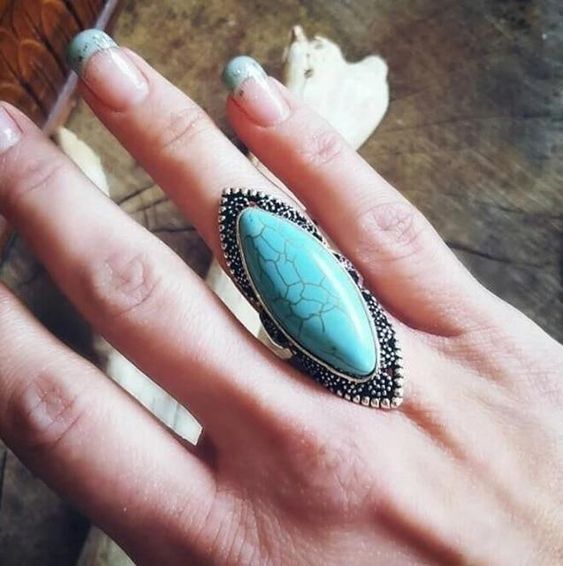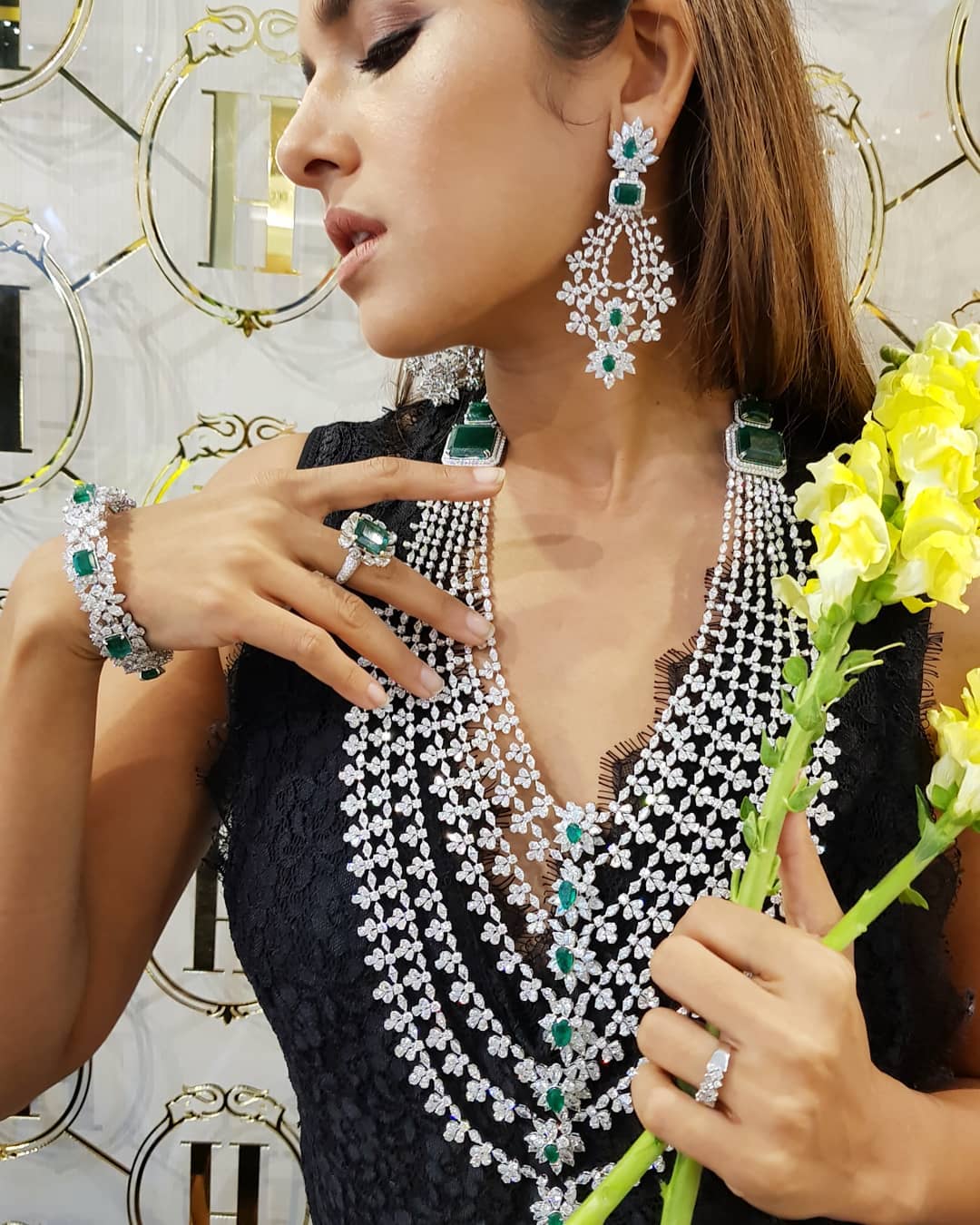Andraursuta.com – Jewellery consists of beautiful decorative items usually worn for personal ornamentation, including earrings, bracelets, rings, brooches, necklaces, pendants, cufflinks, and anklets. Jewellery can also be attached to the clothing or the body. From an aesthetic perspective, the word jewellery is limited to attractive ornaments, including flowers. Jewellery is available in different forms, including gold, silver, plastic, glass, wood, crystals, gemstones, and even shells. Each type of jewellery has its own symbolic meaning and qualities.
Jewelry Made in Ancient Times
In earlier times, jewellers made semi-precious stone pieces. These pieces are still popular today, and can be crafted into beautiful jewellery pieces. The first piece of jewellery that was created from a precious stone is the opal. Opals are so precious that they could only be found in the deep parts of Australia.
In ancient India, jewellery was worn to honour the gods and goddesses of their temples. As jewellery became more accepted in Hinduism, so too did the semi-precious stones. Today, jewellery is often worn to show the wearer’s social status. Jewellery pieces that feature gemstones and precious metals are often worn by royalties, and are also passed down from generation to generation within a family. Royalty jewellery in India can be seen in the form of earrings, necklaces and bracelets, which are worn by members of the royal family.

During the time of the Indus Valley Civilisation, jewellery was made of semi-precious stones, beads and semi-precious metals. In fact, one of the most commonly found materials during this period was jasper, which has been found as far back as 3500 BC. It was not until the 9th century that metalworking became popular in the Indus Valley Civilisation, resulting in the use of copper, tin and silver in jewellery making. Gold jewellery is not as common, as it is too expensive to produce, but the use of gold continued well into the 19th century. Many gold items can be found throughout India, although the most common type is jewellery.
Use of Jewelry as a Sign of Luxury
During the classical period, jewellery was worn for a variety of reasons. Much jewellery in the Indus Valley period was jewelled as a symbol of social status. Those who were of higher status were often wearing pieces of jewellery that showed that they had been members of a higher class. Those of lower class could also wear jewellery, but as they did so, it would often have a meaning attached to it. Rings, necklaces and other pieces of jewellery were worn to show that they were married, which was an important part of marriage in ancient times. Other jewellery pieces were worn as signs of luxury such as bracelets and bangles.

Ancient Greeks jewellery varied widely in style and size. Men’s jewellery was often simple, made from metal and stones like bangle bracelets. Women’s jewellery often included charms and gemstones. These pieces often had religious meanings, such as stars, or other symbols that helped to identify the wearer. Many jewellers still today create jewellery with symbols that have meaning for many different cultures and religions.
Creating Jewelry Made of Precious Metals
Costume jewellery was created by artists who created jewellery as a part of the performance art that was prevalent at this time. The jewellery often included metal or stone pieces that were worn on their body as a part of the performance. Earrings and necklace designs were very popular, as they were often made from precious metals. This type of jewellery could also include glass, which was more expensive than other materials, as glass stones can be quite expensive.

Fashion jewellery had a huge influence on jewellery design over the centuries. During the Victorian era, jewellery designs became more bolder and more elaborate, including precious metals, pearls, and gold. Edwardian jewellery often included diamonds and other gems. Early twentieth century jewellery often included diamonds and cubic zirconias.
